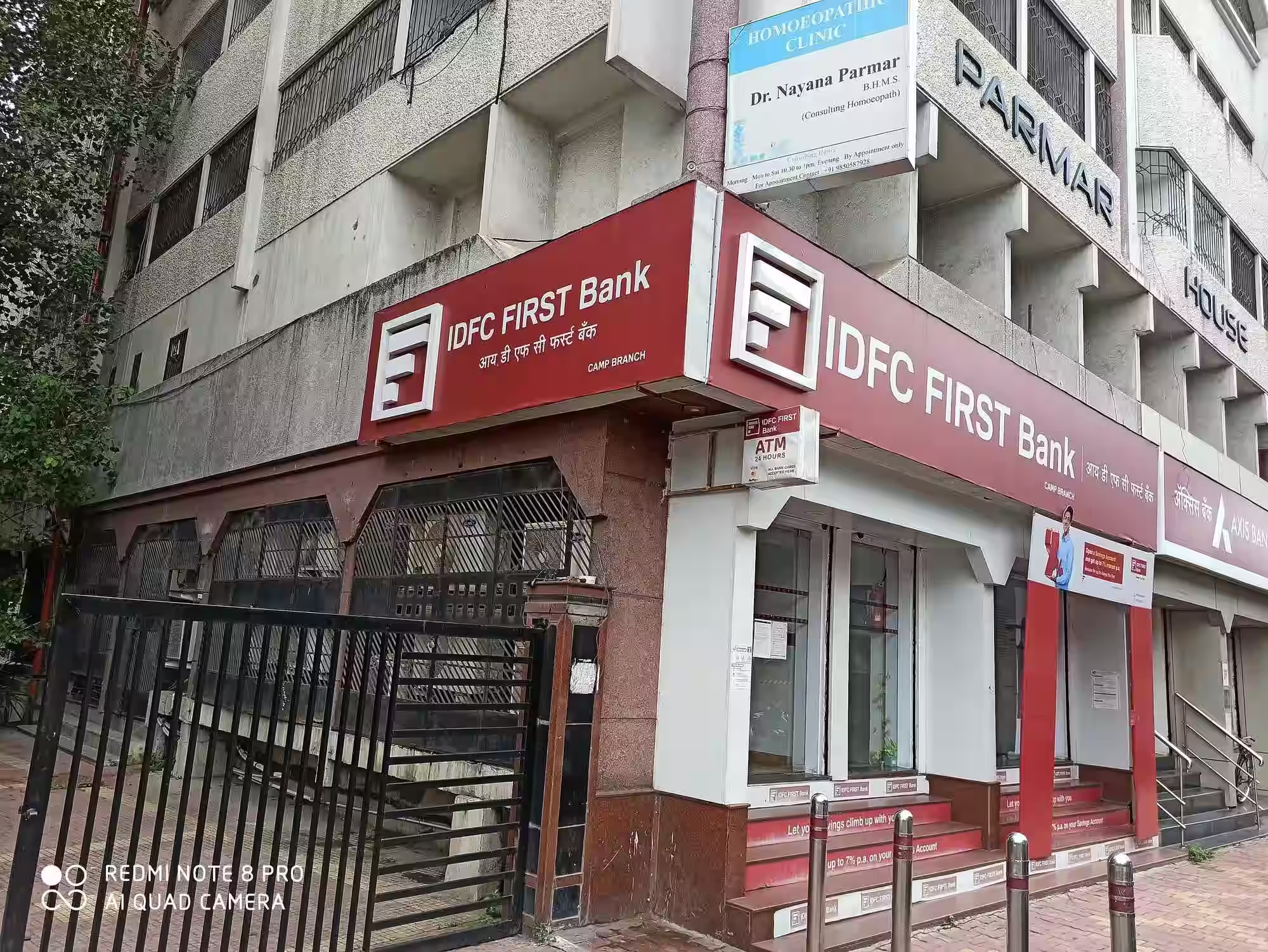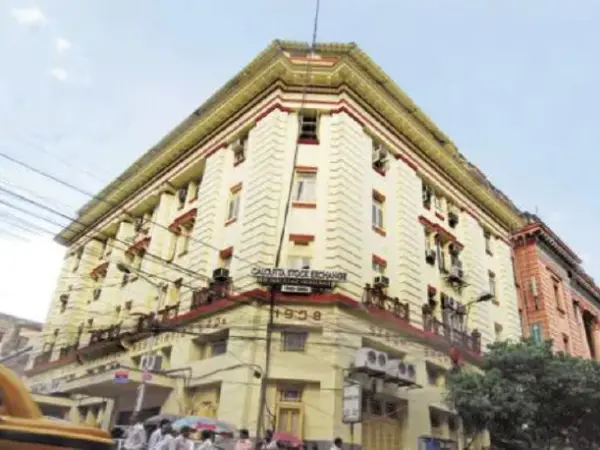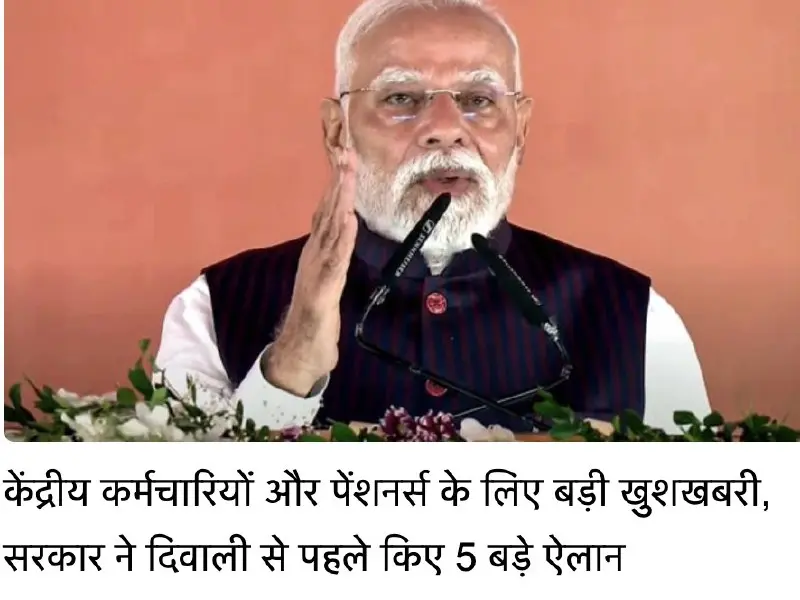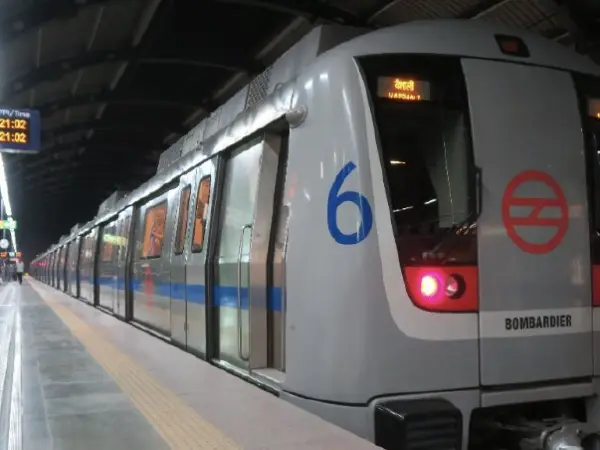In the past year, IDFC First Bank’s stock has faced significant declines, raising concerns among investors about whether this downturn signals long-term issues or a potential undervalued opportunity. This analysis dives into the core reasons behind the fall and the implications for IDFC First Bank’s future.
Key Factors Behind IDFC First Bank’s Decline 🔍
- Operating Profit Growth vs. Net Profit Drop: While IDFC First Bank’s operating profit has grown by 30% year-over-year, its net profit dropped 73% in Q2. Last year’s ₹751 crore net profit decreased to just ₹201 crore, suggesting internal structural issues that may signal risks for investors.
- Rise in Non-Performing Assets (NPAs) in Microfinance Loans: The bank’s Microfinance segment shows the highest NPAs, despite lower NPAs in Mortgage, Vehicle, and MSME loans. The rise in defaults, partly due to RBI’s recent policy changes, has made this segment risky.
- RBI Policy Changes and Increased Interest Rates: In 2022, RBI lifted the cap on borrowing rates for Microfinance, leading to interest rates rising up to 45-50%. This has reduced loan repayment rates and increased default cases.
- Multi-Loan Over-Leverage Issue: Microfinance loans were initially based on Aadhaar ID, later expanding to Voter ID, enabling some borrowers to take multiple loans simultaneously. This over-leverage has led to widespread risks across the sector, affecting IDFC First Bank.

- Increased Provisioning and Financial Health Impact: Provisions have risen from ₹500 crore to ₹1700 crore, with ₹315 crore for Microfinance and ₹3 crore for the Mumbai toll sector. The bank’s finances are under pressure, posing a risk for investors.
- Impact of Maharashtra’s Toll Exemption Scheme: Maharashtra’s toll exemption for smaller vehicles affects five main toll plazas in Mumbai, where IDFC First Bank has loan exposure. The bank has placed these loans in provisions due to reduced repayment probability.
- RBI Governor’s Statement and Potential Policy Changes: RBI Governor Shaktikanta Das recently acknowledged issues due to policy changes in Microfinance. Potential reforms may take time, leaving bank and investor risks in the near term.
- Increased Cost of Funds: IDFC First Bank, like other banks, faces rising funding costs, adding to operational challenges and putting financial pressure on the bank.
- Volatile Performance and Investor Concerns: IDFC First Bank has a history of volatile performance, which can be unsettling for long-term investors seeking stability.
- Price-to-Book Ratio and Valuation Concerns: With a Price-to-Book Ratio near 1, questions arise about the bank’s valuation. Investors wonder if IDFC First Bank is undervalued or if further declines could be expected.
Summary of IDFC First Bank’s Key Financial Indicators 📊
| Financial Metric | Current Status | Investor Implication |
|---|---|---|
| Operating Profit | 30% YOY increase | Indicates growth despite profit issues |
| Net Profit | 73% YOY decrease | Suggests internal structural concerns |
| Microfinance Loan NPAs | Rising | High risk in Microfinance segment |
| Provisioning | Increased to ₹1700 crore | Financial strain due to high provisions |
| Cost of Funds | Increasing | Adding to operational pressures |
| Price-to-Book Ratio | Near 1 | Raises questions on valuation stability |
Important Disclaimer 📉
Investing in mutual funds and stocks carries risks. Consult a financial advisor before making investment decisions.




